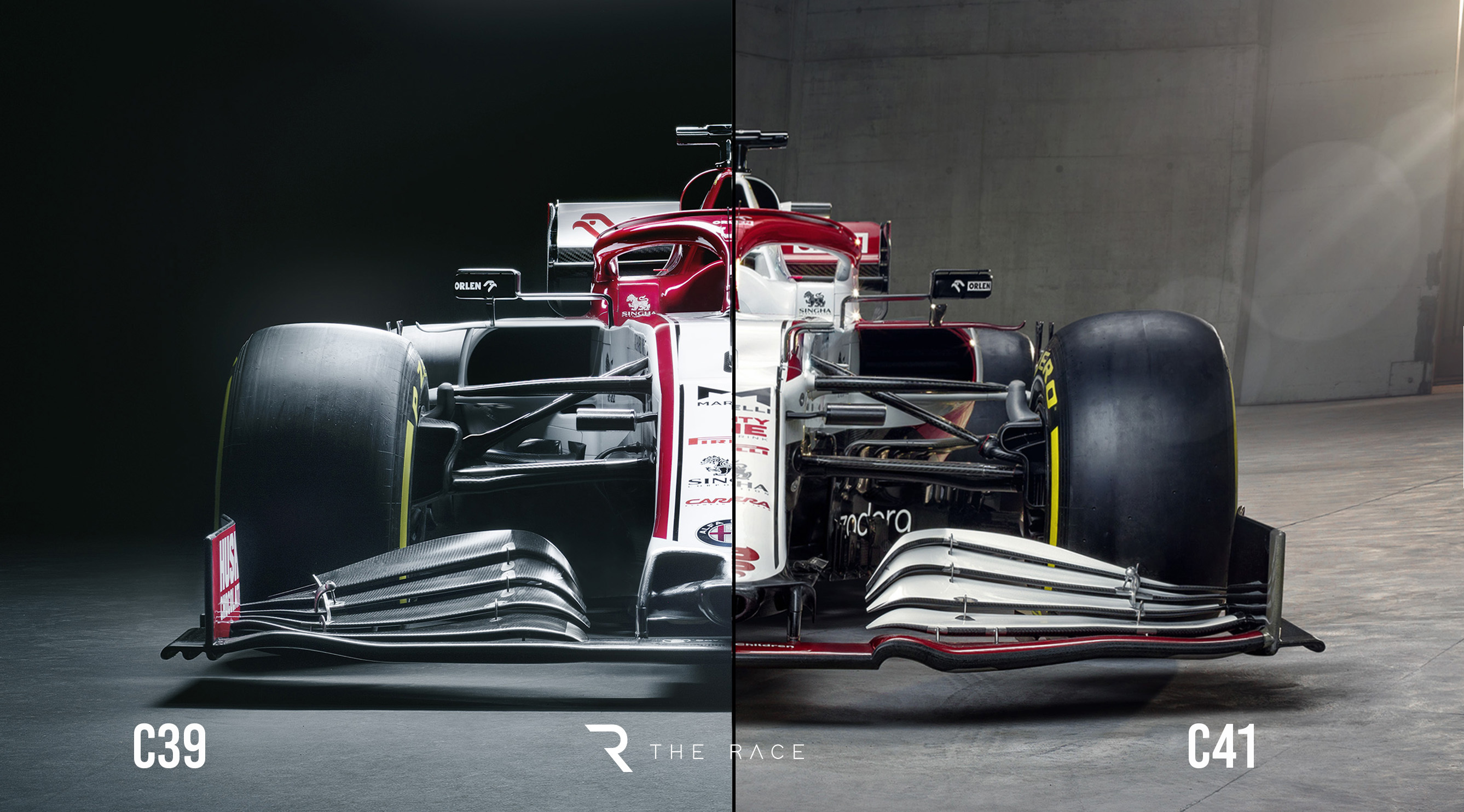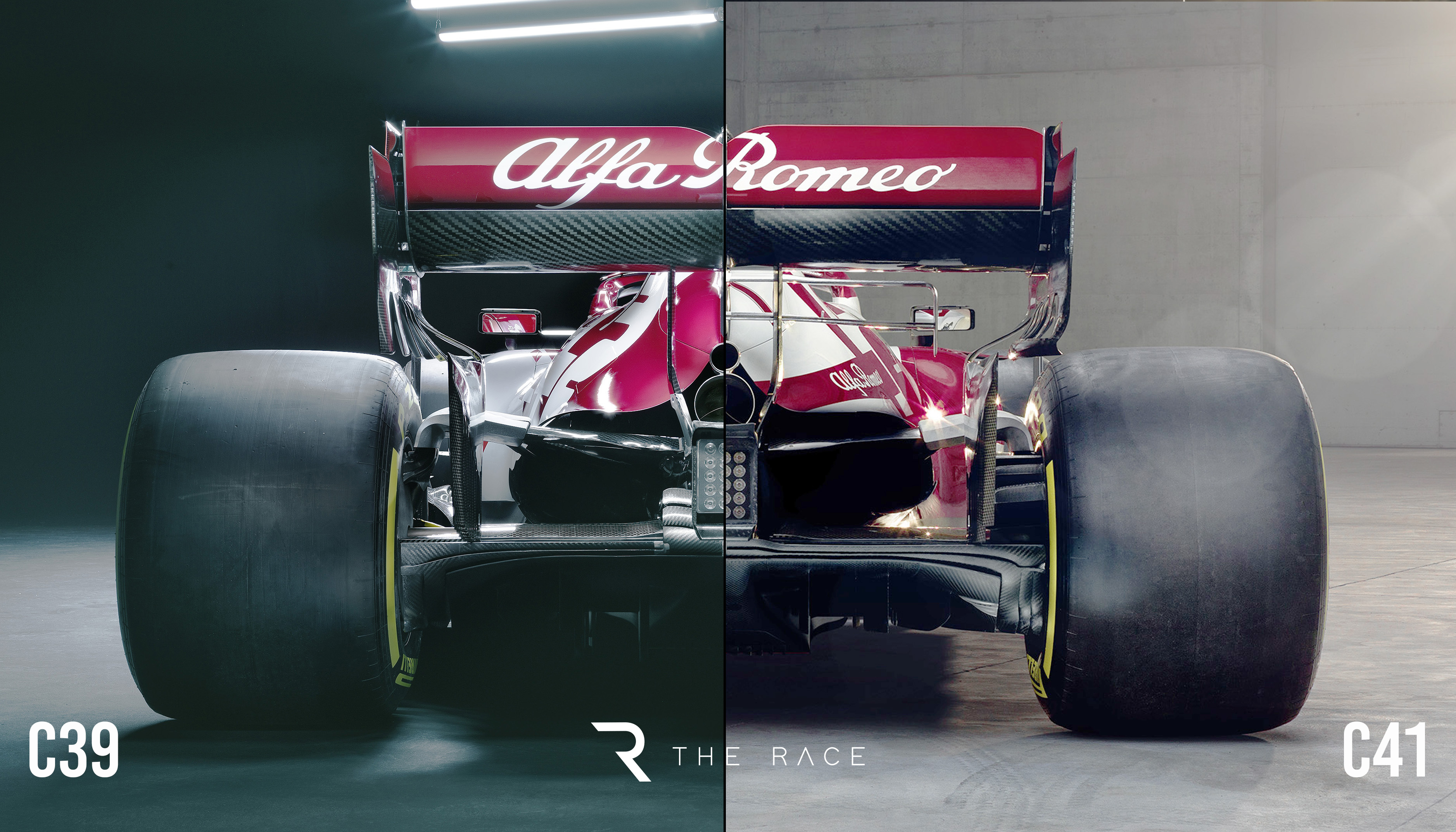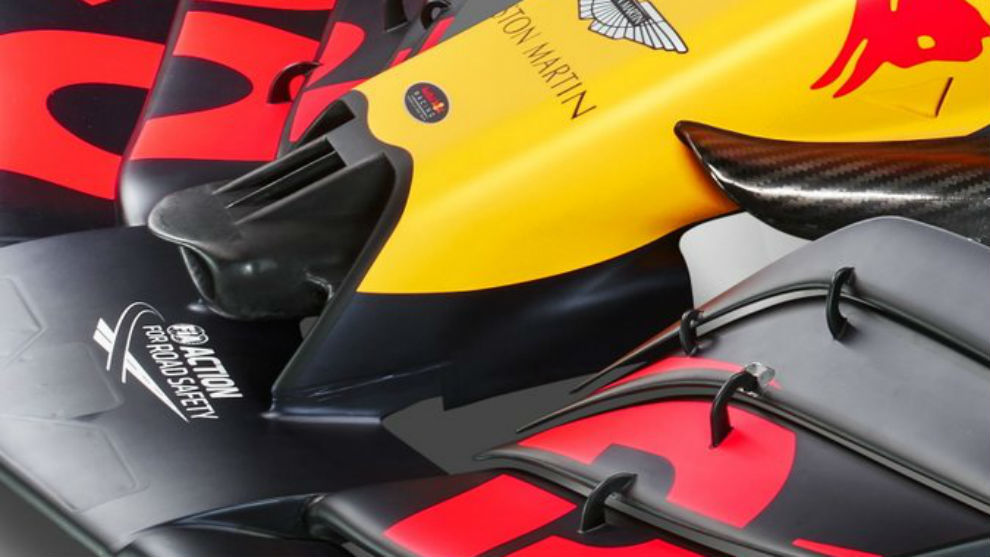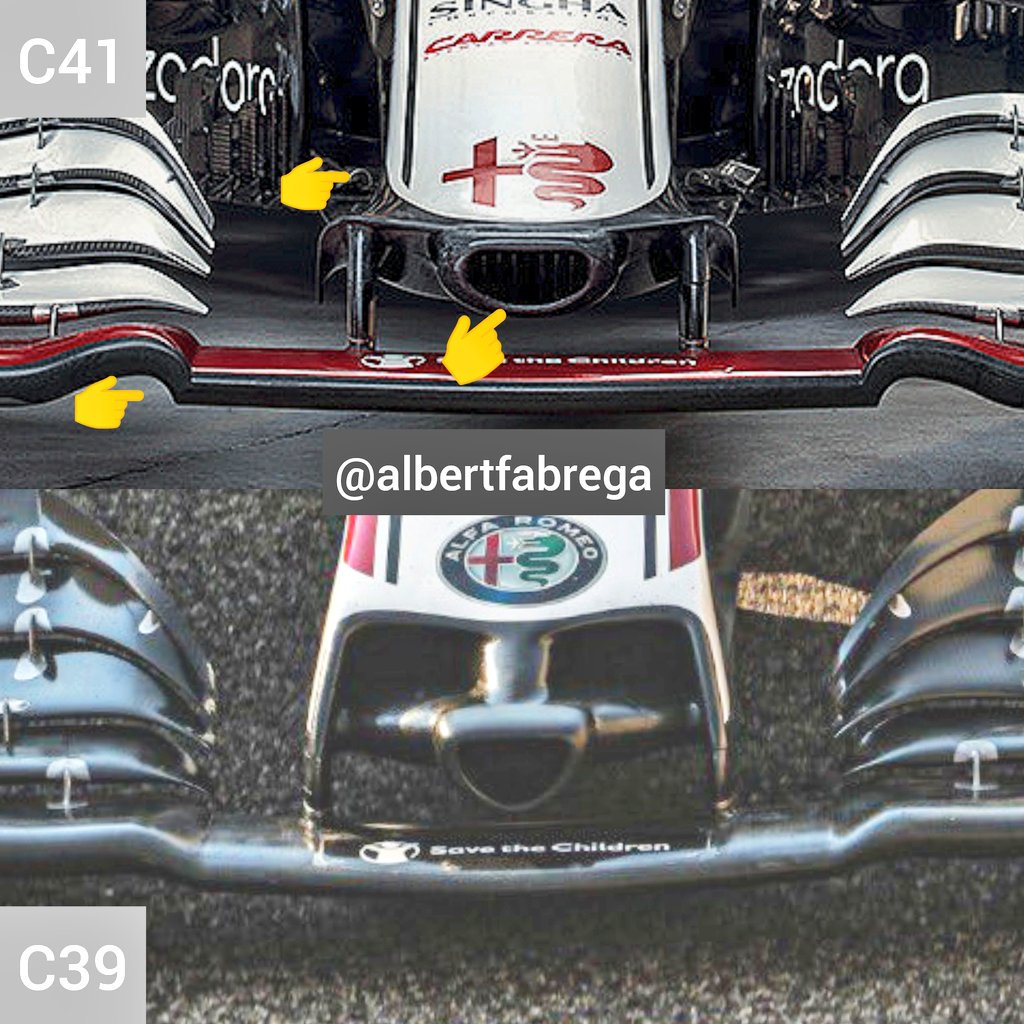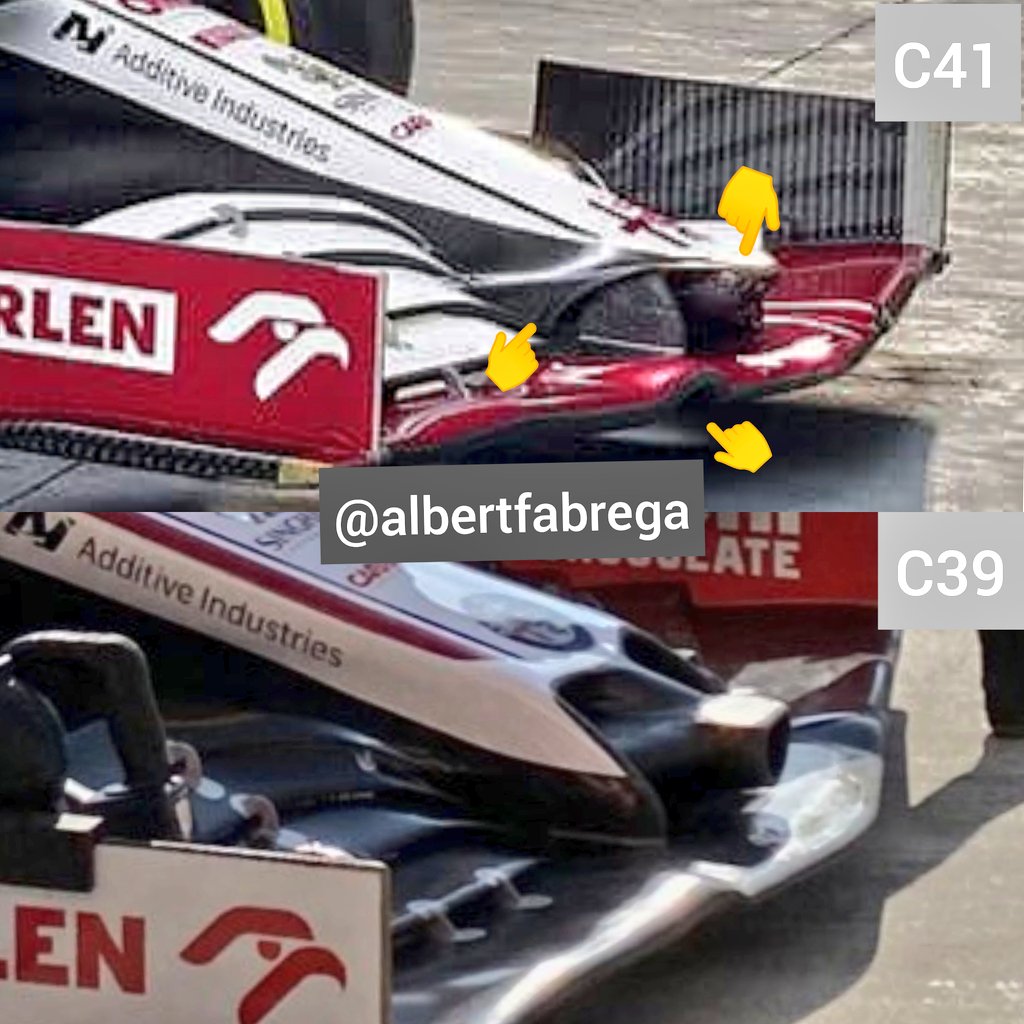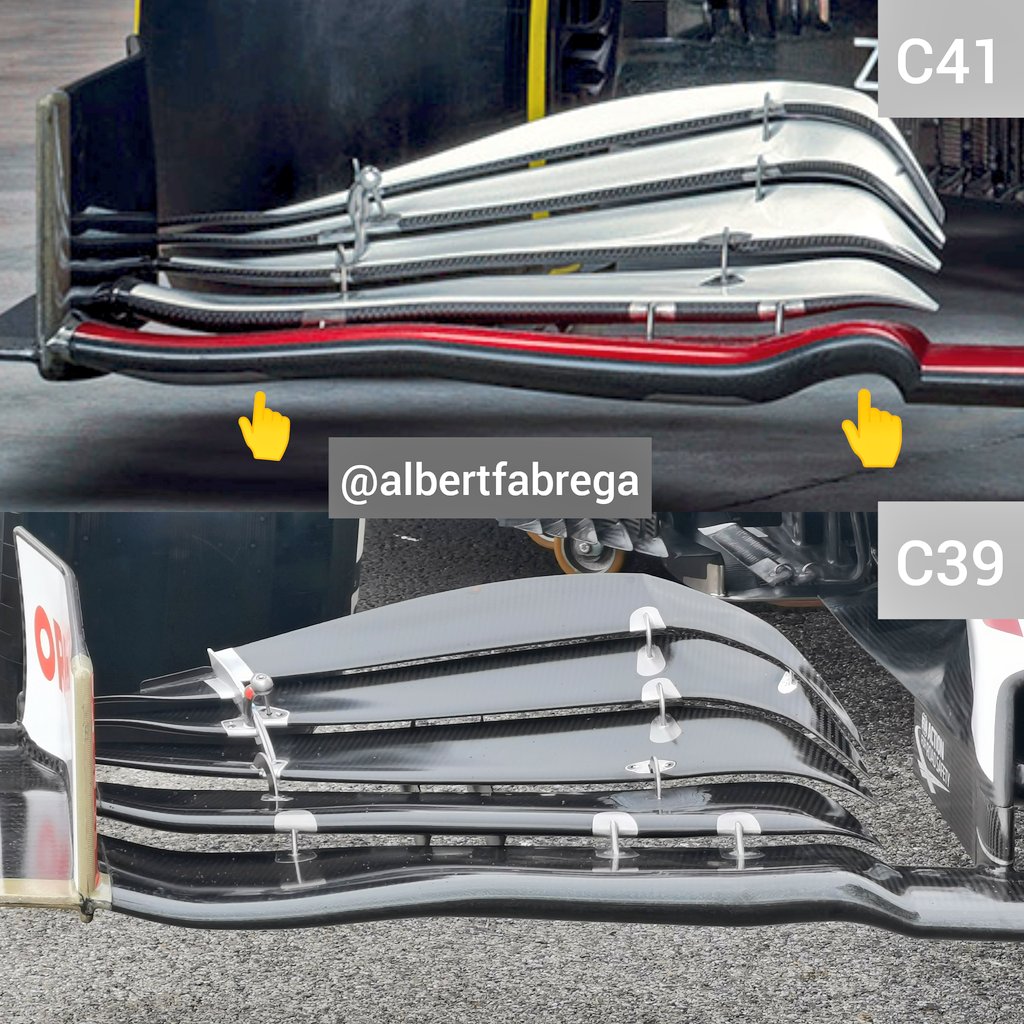HungarianRacer wrote: ↑22 Feb 2021, 14:00
stan_french wrote: ↑22 Feb 2021, 13:34
Mansell89 wrote: ↑22 Feb 2021, 13:31
Thinner nose this year- indicative of something we may expect to see from the Ferrari works team?
no, i wouldnt think so, if anything it means that they're expecting the engine not to be super powerful. Because the narrow nose works best at lower speeds, whilst the large nose works best at high speeds, and is usually prone to stalling at lower speeds...
That's a ridiculous line of logic.... How much would an - in F1 terms - "weak" engine offset the operating window of a car within it's aero efficiency curve? Will it significantly lower top speed/approach velocity to high speed corners? Will horsepower deficiency on it's own make a car worse in low-medium speed turns? I don't think so...
There's a great little thing from reddit i highly recommend you read, i think it shed's more light in my line of thinking:
https://www.reddit.com/r/F1Technical/co ... ame=iossmf
But basically it explains that a car's aero development can be limited by the engine to a certain degree. especially when the aero is made for ever increasing horsepower. And notably the larger nose is said to help cars in higher speed, however it is also more prone to stalling at lower speeds than the narrower nose. What I'm trying to say is that i think the reason they went down the narrow nose path was because they do not have anymore the Ferrari horsepower advantage which greatly helped their nose concept in accelerating the air to the bargeboard. So in order to better suit the car to the engine, they decided to focus on something which the slightly underpowered engine could better help with, which is with the narrower nose, and thus helping their car work better at slightly slower speeds, and reducing the proneness of the nose to stalling.




